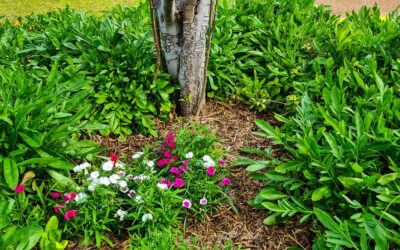We’re often asked what our favourite fruit is, and it’s an impossible question. Could you come up with an honest answer?
Related Articles
What should you grow under your fruit tree?
Growing edible and flowering plants under your fruit tree makes best use of the space plus helps to keep your tree healthy.
Inspiration for what to grow under your fruit trees
If you want to grow a diverse understory under your fruit trees, these examples will fill you with inspiration.
Dealing with spring panic
It’s easy to panic in spring, particularly if it rains a lot and your fruit is at risk. Ease the tension by celebrating the season.
In cherry season it’s tree-ripened white-flesh Rainier cherries, or maybe the large, juicy Bing.
In apricot season it’s tangy-sweet apricots. Katy would have to be one of the winners, but a ripe Bebeco (or honey apricots, as we fondly call them) is pretty hard to beat.
On the other hand, nothing is more apricot-y than a fully ripe Goldrich.
But then it’s nectarine season, and juicy, delicious yellow Fantasia nectarines kick everything else out of the ballpark. And suddenly we’re longing for fragrant white peaches (hmmm, a toss-up between Fragar and Tasty Zee. Or maybe Julie. Or Bendigo Beauty).
And you must admit it’s really hard to beat the taste of the first ripe apple of the season, straight off your tree.
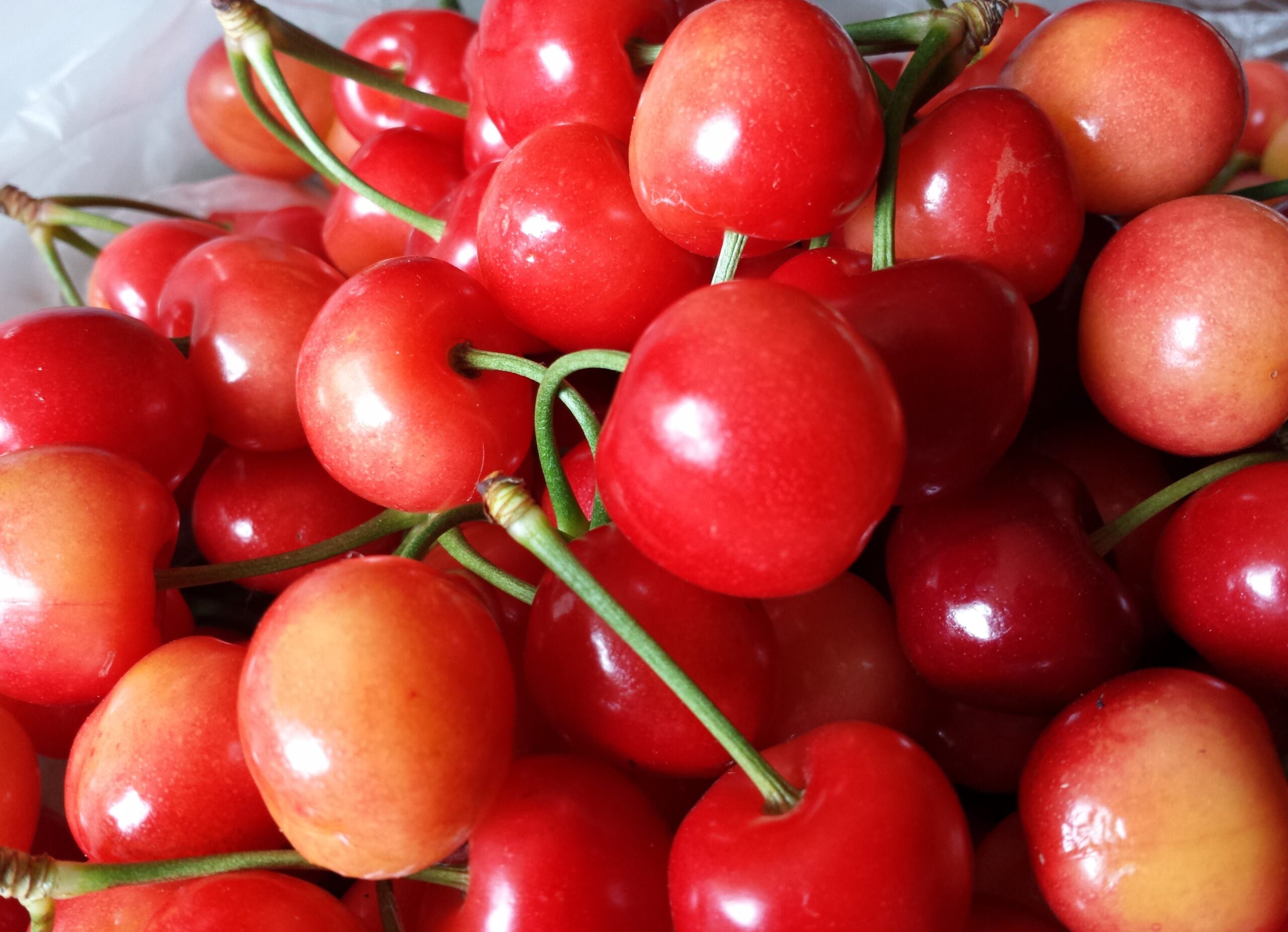
The point is, naming your favourite fruit is as hard as naming your favourite child. It’s the one that’s in front of you exceeding your expectations at that exact moment, right?
In a biodiverse garden, you get to have lots of favourite fruits
Of course, there’s no need to choose a single one. When you grow a diverse mix of fruit in your garden there’s no reason not to have lots of favourites.
And in fact, it’s worth continuously working on your fruit trees so you love all the fruit you grow. This is a useful lens to review each fruit season.
- Do you grow a variety that you just don’t like?
- Is there one tree that continues to disappoint, year after year?
- Do you always have a glut of plums that no one likes but you feel obliged to eat (or worse, you let it go to waste)?
- And do you fight each other for the few cherries everyone adores, but you never grow enough?
Imagine if your goal was to have every single fruit tree in your garden reliably growing fruit every year that you love to eat. And if everyone in your family had access to as much of their particular favourite as they wanted.
Now imagine for a moment that you’ve achieved that goal. How does that feel?
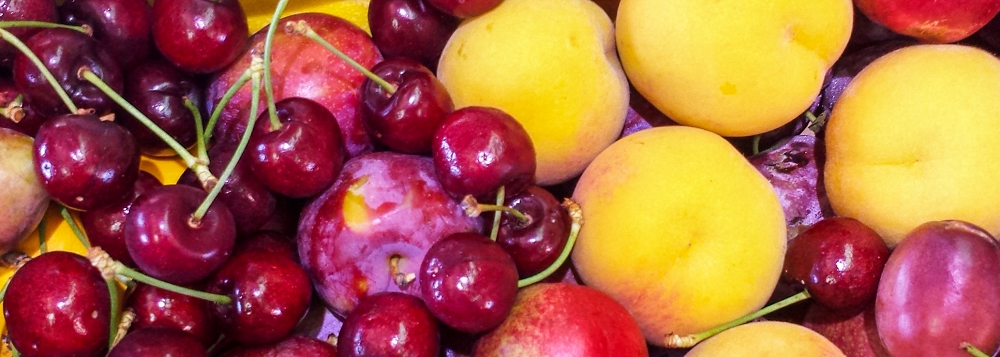
When favourites disappoint
The reality is, it’s not always going to work that way.
Why?
Because you’re growing fruit in nature, and things happen – all the time – that can lead to bad outcomes for your fruit.
We’ve written in other blogs about the impact of wild weather on fruit, whether rain is good or bad for fruit, and how wind affects fruit trees.
A very wet spring can cause devastating diseases like Blossom blight and Leaf curl. And at the extreme end, natural disasters like fire and flood can wipe you out.
The last decade has dished up plenty of wild weather. We’ve had the longest drought, the wettest flood, and the biggest hail storms. Each year we’re seeing evidence that it’s only getting worse. Climate change is no longer something that will happen in the future, it’s already here.
All of this means that a significant part of growing your own food should be to plan for bad things to happen.
Creating the perfect food-growing ecosystem
The perfect growing ecosystem is one that would protect from all the elements like rain, hot north winds, heat waves, and hail. It would give the best possible chance of a successful crop every year, without sacrificing the essential ‘organic’ nature of growing your own food.
There are many ideas you can draw on to create your ideal garden. Good design is the place to start. Positioning your trees in the right place, planting windbreaks, and using one crop as protection for another can all help. Enclosures, nets, and rain covers can provide extra protection.
With a big enough budget and some ingenuity, it would theoretically be possible to protect your fruit trees from anything (except maybe fire or flood).
Which means when things do go wrong, it’s easy to start beating yourself up and wondering what you could have done differently to save the crop.
When disaster strikes, many growers have a private conversation going on in their heads, asking themselves things like ‘What could we have done differently? Should we have paid more attention? I knew we shouldn’t have taken that holiday.’
It’s not necessarily logical, but gardeners have a very personal relationship with their garden, and it’s hard not to feel responsible when things go wrong, even if it is out of your control.
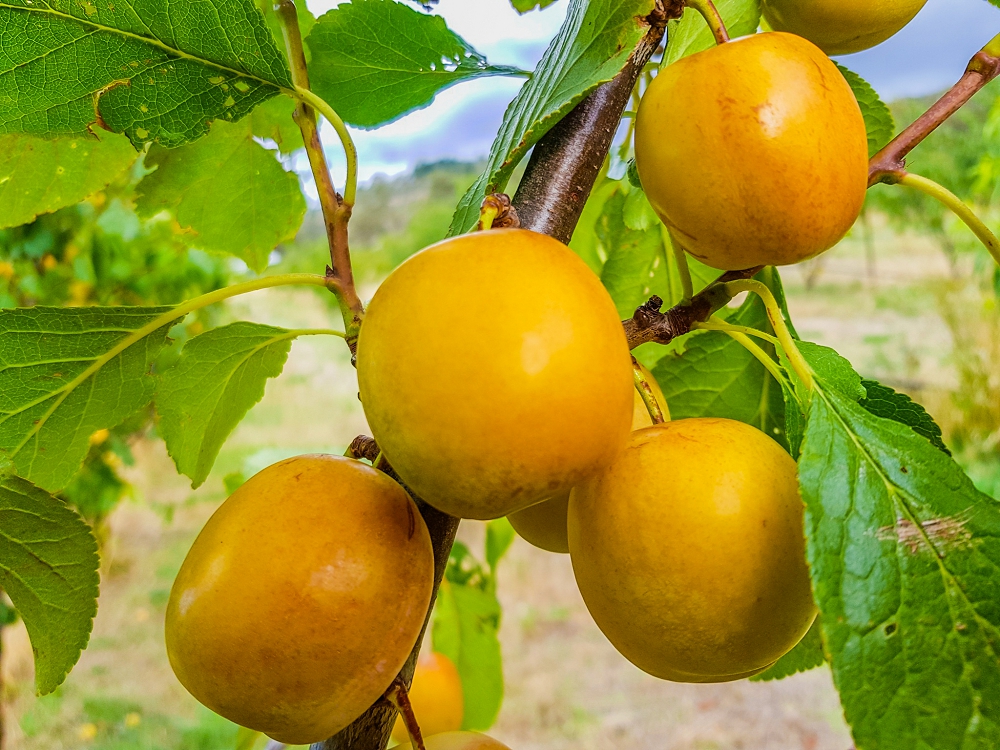
Good things can come from disasters
That’s the bleak side of the picture.
But good things can come out of bad situations as well. Every time we’ve been through an environmental challenge we’ve learned a lot about how to get better at growing fruit.
Every new situation that nature throws at you gives you the chance to figure out a better approach, come up with a new strategy, or find a new tool. It certainly has for us.
One of the unexpected consequences to come from having a failure can be a renewed appreciation for what you do have. One season when we lost our entire peach and nectarine crop it gave us the chance to really learn to love plums.
In the absence of the more glamorous stone fruit that usually hogs the limelight, we found ourselves really paying attention to the myriad and varied characteristics of the many different plum varieties we grow, and wow! They’re amazing!
The differences in flavor, colour, texture, skin characteristics, and juice quality is quite stunning. We grow more than 15 varieties of plum at our place, and they are as different to each other as apricots are to peaches.
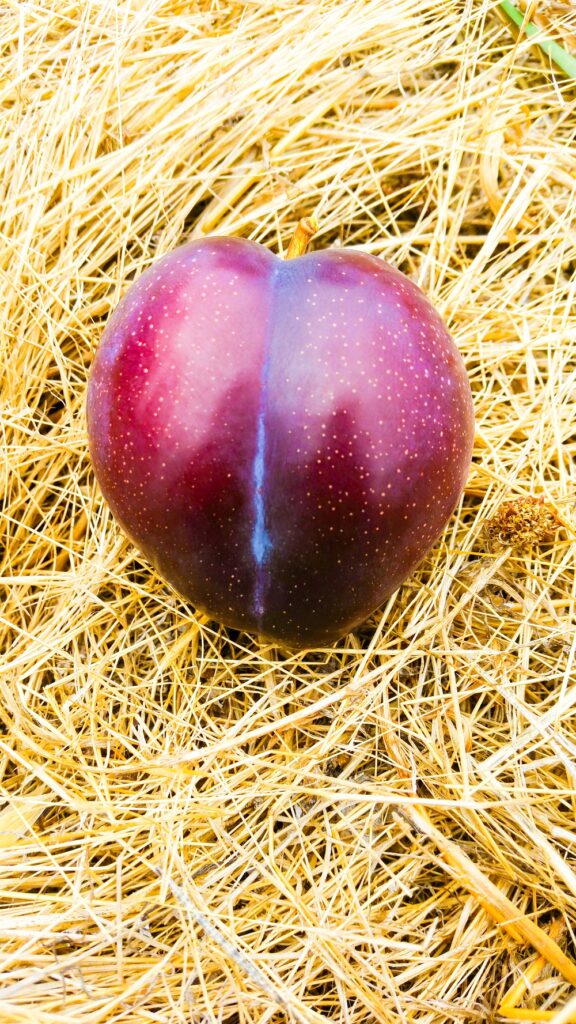
So a failure in your garden need not be a complete loss—in fact far from it. If one of your favourites goes AWOL for a season, take the opportunity to learn to appreciate whatever fruit you did manage to grow.
As the song says, if you can’t be with the one you love, love the one you’re with!
Related Articles
What should you grow under your fruit tree?
Growing edible and flowering plants under your fruit tree makes best use of the space plus helps to keep your tree healthy.
Inspiration for what to grow under your fruit trees
If you want to grow a diverse understory under your fruit trees, these examples will fill you with inspiration.
Dealing with spring panic
It’s easy to panic in spring, particularly if it rains a lot and your fruit is at risk. Ease the tension by celebrating the season.



